Winter plumbing in the country - tools, installation and advice on insulation
The dacha is a great vacation spot for the whole family, not only in summer, but also in winter. In order not to bring inconvenience in the cold season, it is worth thinking about the equipment at the summer cottage of the winter water supply system. It is not at all difficult to do this with your own hands, the main thing is to have construction skills and patience.
Content:
- Functional features of the winter water supply system in the country
- Necessary elements and devices for system installation
- Required tools for plumbing installation
- Plumbing diagram
- What source of water supply to choose
- Do-it-yourself winter plumbing installation
- General recommendations for water pipe insulation
Functional features of the winter water supply system in the country
The very type of construction of the device of the winter water supply system at the summer cottage is not much different from its summer type. Like any other system, it has a set of necessary elements, such as a pump, a hydraulic accumulator, a water tank and a pressure switch. In both the summer and winter versions, the water supply system is installed with a slope towards the intended source of water supply.
The summer water supply system needs to release water at the end of October, and the winter one does not, if you are in the country.
Among the main features in the functional activity of the water supply system in the frosty season are:
- The winter water supply system operates all year round.
- Pipes must be laid in the ground below the level of freezing of the ground.
- As a rule, pipes with water are laid through cold basement-type rooms or under the foundation. Of course, there is no heating system there. Therefore, it becomes necessary to heat them along the entire distance. For this purpose, a special cable is used that heats the liquid in the pipes.
- Pipe routing can only be done in sequential order.
In general, deciding to install a winter water supply system in your country house, you will not regret it. It will function all year round, supplying warm water to your home at any time.
Necessary elements and devices for system installation
The water supply of the winter water supply system for the summer cottage consists of such main elements and devices as:
- Pump... It can be of two types - submerged or surface. The power and type of the pump completely depends on the depth of the water supply source and what type it has (well, well or water main).
- Drain valve. Sometimes an electromagnetic drain valve is used. This is a special device that is designed to drain water from the system so that it does not stagnate there. As a rule, it is installed next to the pump at the very bottom of the water supply system. Water can be drained either into a water supply source, for example, a well, or through a specially laid bypass pipe.Usually this option is used when the water source is not deeper than eight meters or is located near the house. Then it is necessary to install a check valve in the building, and in front of it - a bypass pipe together with a crane. When it opens, the vacuum will disappear and the water will drain itself.
- Water pipe. Year-round plumbing must be installed on the basis of polypropylene pipes. They are more profitable than polyethylene or metal (only if they are not made of expensive copper) - polypropylene pipes do not lend themselves to rust and are very durable. Connect them together by welding.
- Pressure sensor water tank. The pressure storage tank, together with the membrane, normalizes the water pressure in the pipes and provides the house with water for some time, even when the electricity is turned off or the pump is out of order. A pressure switch must be installed next to such a tank. When it falls to the normal level for the system, the pump automatically turns off. When it is below normal, the contacts are closed and water is pumped into the tank.
- Water heating cable. Since in most cases suburban basements are not heated, a water heating cable must be placed along the entire distance of the laying pipes. Place it just before laying the pipes, laying the cable inside the pipe. It prevents the water supply from freezing, allowing you to use warm water even in the most severe frosts.
All of these items can be purchased as a kit in a specialized store, or purchased separately. In any case, the finished water supply system will become your irreplaceable assistant.
Plumbing installation tools
In order to install a water supply system at a summer cottage with your own hands, you will need a large number of consumables and special parts, the selection of which is carried out individually.
A standard set of tools for installing a plumbing includes:
- Shovel
- A hammer
- Boer
- Drill
- Perforator
- Pliers
- Screwdriver
- Bulgarian
- Soldering iron for pipes
- A set of keys
With such a versatile set of tools with you, you can easily assemble the plumbing yourself.
Plumbing diagram
The most important point that requires a serious and careful approach is drawing up a water supply diagram. Further adherence to the plan and implementation of the project depends on its correct preparation. Also, the scheme will depend on how efficient your water supply will be and what quality it will come out of at the end. If you doubt your abilities and knowledge, consult with experts in this field.
First of all, you need to decide on the starting and ending point of the line along which the pipes will be laid.
Next, you need to choose the necessary equipment, designate the water supply point in the house, determine the source of water supply, select materials and tools. After that, you can already proceed to the laying scheme and the connection diagram of the winter water supply system at the summer cottage.
The final stage implies, in fact, the drawing itself, on which you put the route of the highway, the dimensions and place where the pumping equipment will be installed. The purchase of materials and the selection of tools is made after the drawn up drawing. Recall that if you are not good at drawing or do not understand it at all, then it is better to seek help from a specialist.
What source of water supply to choose
The easiest and most convenient option is to connect the suburban water supply network to the centralized water supply system.
But such a system is not available in all areas, so you usually have to choose from two options - a well and a well.
Among the main advantages of a well as a source of water supply are:
- When they are not used for a long time, the well does not clog up.
- Using it as a source of water supply, you do not need to install a powerful and expensive pump, because the depth of the well is not as great as that of the well.
At the same time, the water supplied from the well is much cleaner. But installing a water supply system based on a well is a rather expensive pleasure and a complicated process. Among the main disadvantages of a well as a source of water is that its small volume does not allow water to be drained back during conservation. To do this, you will have to install by-pass pipes and dig a sewer or cesspool. Therefore, there are two evils, choose the least.
Do-it-yourself winter plumbing installation
Installing a winter water supply system with your own hands implies several sequential steps:
- Step 1 - preparing a trench for pipes. We already wrote above that the trench should be deeper than the level of freezing of the soil and reach about two meters, especially if there is a water supply source nearby. The trench must be level. It is recommended to cover its bottom with a sandy pillow no less than 15 centimeters thick. After laying the pipe in the trench, carefully connect the water main to the pump pipe. The place where the pipe will exit from the water supply source - seal it with cement, mixing it with liquid glass so that the well or well does not flood with groundwater.
- Step 2 - pipe laying. The laid pipe must be covered with a layer of sand, and on top with soil that remained after digging a trench. If the depth of the trench meets the standards, then there is no need to insulate the pipe itself in the ground. It is enough to mount the cable for heating the water in that section where there will be open air passage. If you are not able to dig a deep trench, then you need to put insulation on its bottom, which does not absorb water, and only after that you can lay the pipe. From above it is also covered with insulation so that the water in the pipes does not freeze in winter.
- Step 3 is final. After the completed processes, the trench is covered with sand with soil, and clay on top. Thoroughly tamp.
After completing these steps, you can already operate the plumbing and be proud that you made it yourself.
General recommendations for water pipe insulation
Having acquired your own winter water supply system, you need to take into account several recommendations for insulating it in the cold season:
- It is necessary to lay pipes in the trench with the outer part to the water supply, taking into account the depth of freezing.
- Insulate the pipes with sand bed or polypropylene covers.
- In addition to insulating pipes, it is necessary to carefully insulate the source of water supply (you need to seal all seams, cracks, minor and large damage) and equipment that is located outside.
- Insulate the drain, if you have one. This must be done so that in the cold season it does not come in a state of unusability and does not freeze.
Considering all these recommendations, your winter water supply system for summer cottages will be reliably protected from cold weather and mechanical damage and will make an uninterrupted supply of warm and cold water to your home.
More information can be found in the video.




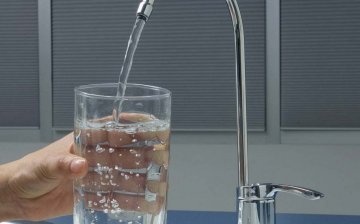



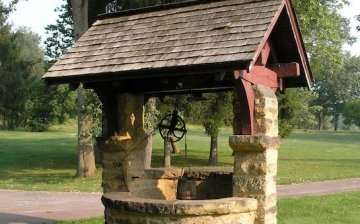

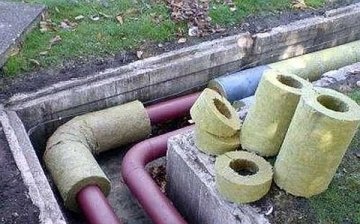










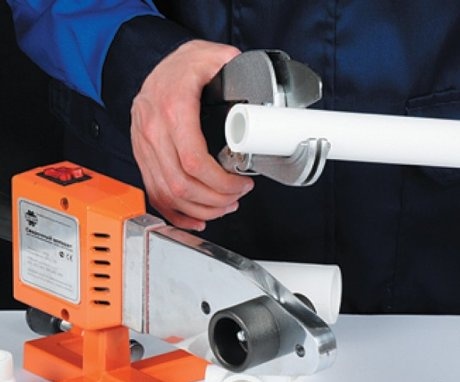
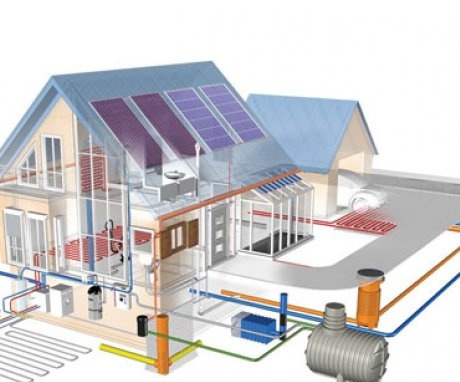
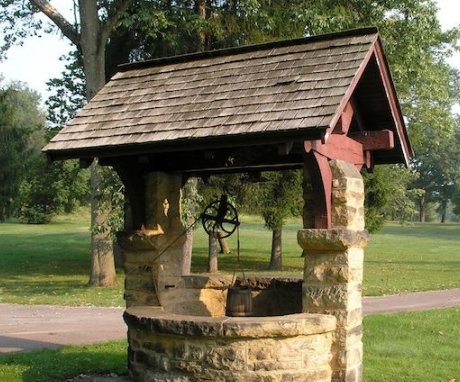

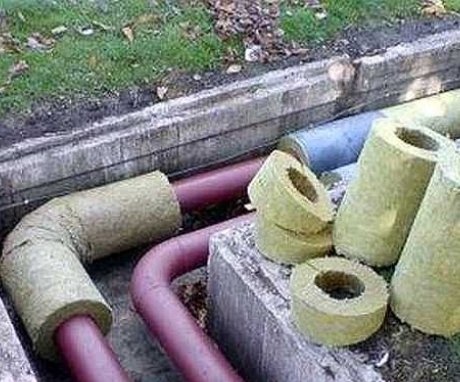
Many people prefer not to run water at all in the country and use a well nearby. We have a dacha and a house, and a dacha, we live in a village, so we have water, like many of our neighbors.
If you have a summer cottage where you live in winter, then it is somehow not entirely convenient without running water. Washing dishes from a basin, personal hygiene from the same basin, well, at least it's not convenient. Yes, and in the summer it is somehow also better to have a water supply in the house. At the very least, it's just comfortable.